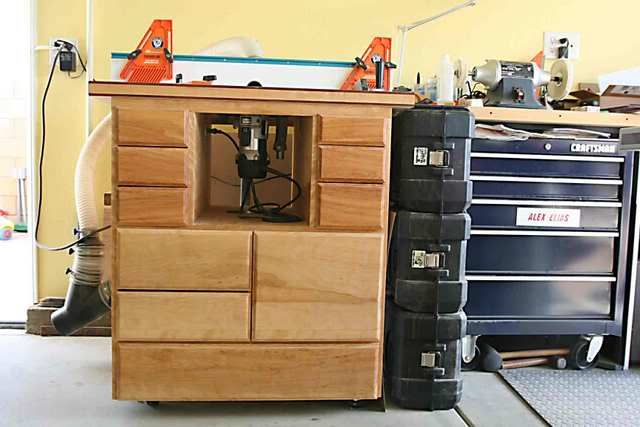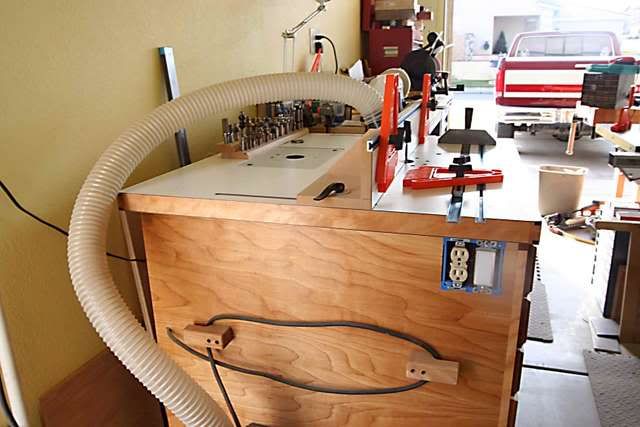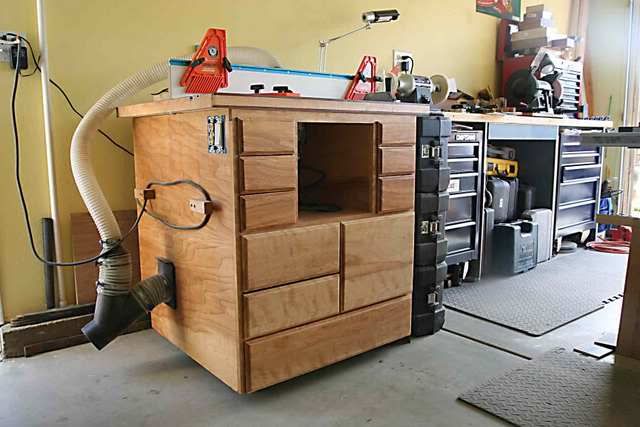So, I am designing away on a router stand (see in progress attachment), and I have planned to use pocket hole joinery....but I thought I would ask some opinions here about this vs dado joints.
Do any of you use PHJ and would you use it in an application like this? Why or why not? What about the advantages of dados over the PHJ? Or is just a matter of preference?
Thanks,
Ken




 Reply With Quote
Reply With Quote

















